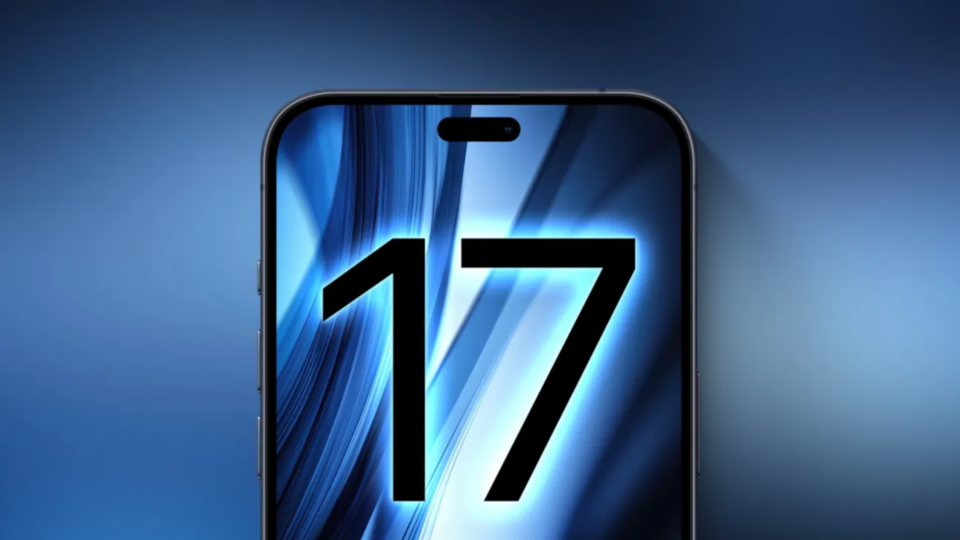
Outage: Tesla Owners Were Unable To Access Their Vehicles Using The Tesla App
A global outage of Tesla’s app caused many owners to lose access to their vehicles, especially those who had previously relied on their smartphones instead of their encryption keys.
Electric vehicle manufacturer Tesla Inc, controlled by Elon Musk, has recently been confronted with the spectre of its own sophisticated technology. Tesla Inc makes some of the world’s most technologically advanced vehicles. After a string of autopilot failures, Tesla owners are now unable to access their cars because of a global outage. After this week’s server failure, all Tesla app users were left without access to their vehicles. As a result, people who have relied mostly on their phones rather than their keycards will be unable to access their automobiles.
Electrek initially reported the issue on Friday night after getting complaints from Tesla owners, and for a time, it seemed like the problem was solely affecting drivers in the United States. Tesla CEO Elon Musk responded to a tweet from an owner in Seoul, South Korea, who was experiencing a server fault on their app, by saying that he was “checking it out.” Some of the other tweets show people requesting roadside help and postponing their reservations for the night.
[ Also Read: After You’ve Purchased An iPhone 13 Or iPhone 13 Pro, The First Thing You Should Do Is… ]
Electrek said that the downtime occurred immediately after Tesla released an update to its app, which included a feature that the carmaker had difficulty integrating. As manufacturers increasingly rely on cloud services and smartphone applications, the survey found that car lockouts might continue to be an issue.
In the case of Tesla’s self-driving technology, many instances have prompted the National Transportation Safety Board to start an official inquiry. Two males were killed in a car collision on a residential road in Spring, Texas on April 17; the driver of the vehicle was nowhere to be located. The NTSB released their findings on the tragedy in an investigation report update.
The NTSB noted both the driver and a passenger were belted up in the front seats at the time of the incident, despite the fact that first responders discovered one guy in the rear seat and another in the front passenger seat..
In the five seconds preceding up to the incident, the motorist was accelerating at a rate of 67mph, according to the agency. Fire-damaged event log recorder data indicated that the accelerator pedal was pushed as high as 98.8 percent at times, according to the NTSB investigation.
Tesla’s Autopilot partly automated driver-assist technology was not operational at the time of the collision, and the investigation is ongoing. The National Transportation Safety Board (NTSB) has indicated it is still investigating Autopilot, whether the guys had difficulty exiting the vehicle, driver toxicological testing, and other matters. In a final report, the board will make those conclusions.



